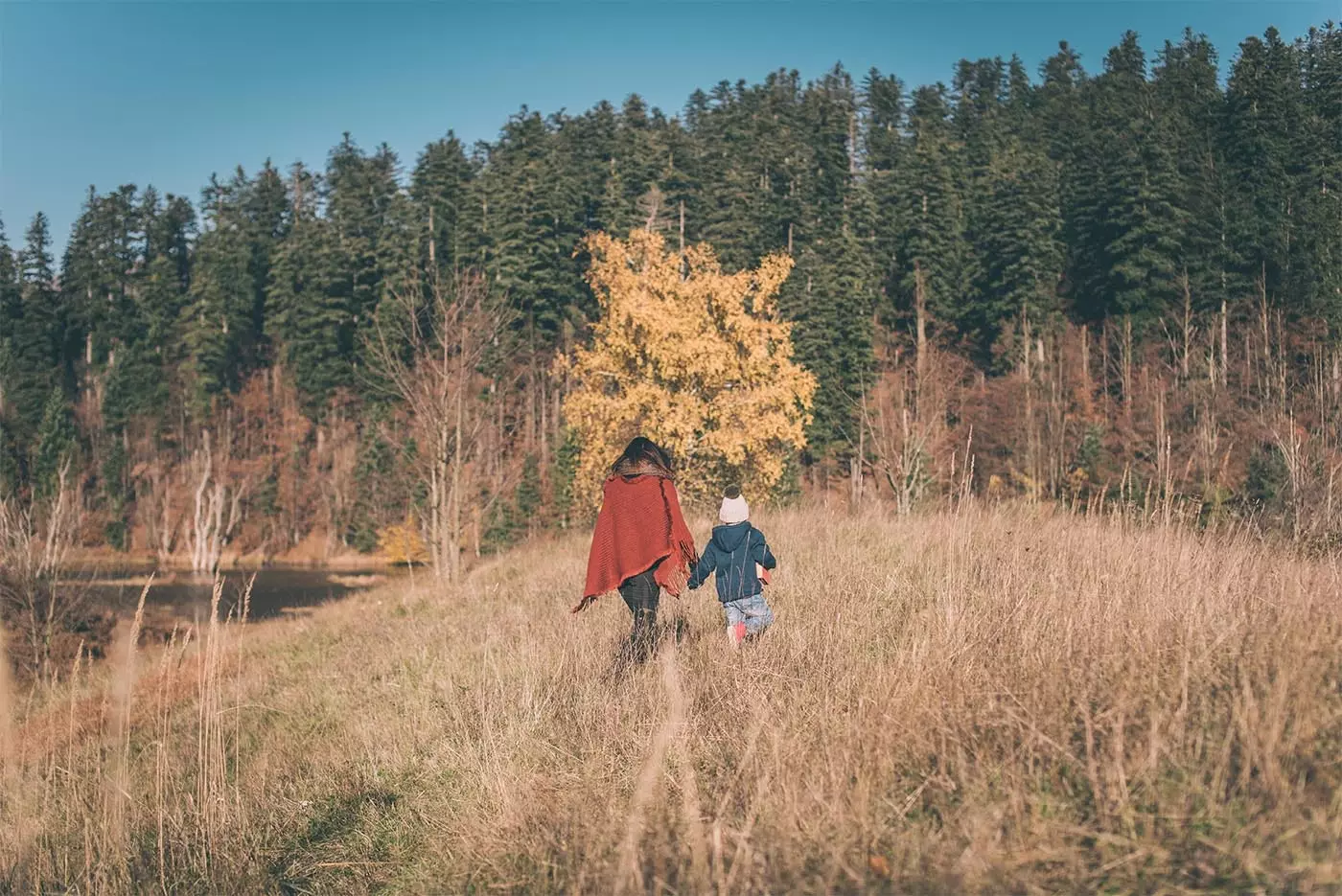
The best path will always guide you towards the green
This syndrome, however, is not a diagnosis, but a metaphor, a term coined by the famous writer of works such as ** Back to Nature ** or Last Child In The Woods to describe the costs of our alienation from the plant environment, including a decreased use of the senses attention difficulties, increased incidence of physical and mental illnesses and an increasing ratio of myopia, obesity and vitamin D deficiency.
Thus, studies such as the one carried out by David Strayer, a cognitive psychologist at the University of Utah, have shown that exposure to nature allows the prefrontal cortex to "rest" from stress to which we submit daily. The results? Those who are "lost in the woods" for at least three days, perform 50% better at solving creative problems and they feel how their senses "recalibrate" until they experience new sensations, among other benefits.
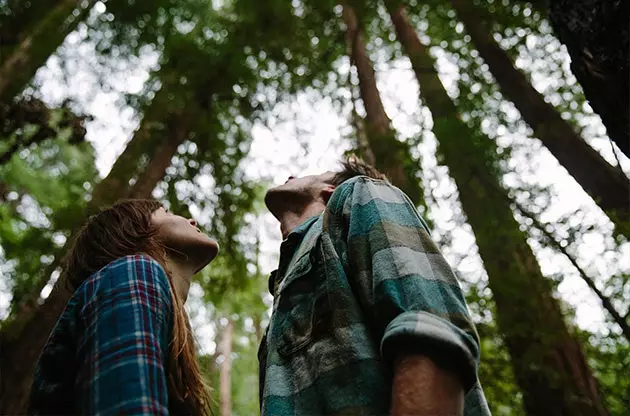
nature soothes
However, there are even other works, such as that of psychology professors at the University of Michigan Rachel and Steven Kaplan (authors of _ With People in Mind: Design and Management for Everyday Nature )_ who believe that to achieve this "rest" effect, all you need to do is have access to, for example, the view of an urban park . "People's directed attention becomes fatigued from being overused," Rachel explained to the ** American Phsychological Association **, thus activating the "accompanying impulsivity, distractibility, and irritability." Upon coming into contact with a green environment, attention becomes "automatic" and it is possible "rest" directed attention, which reverts to a greater well-being and, again, also in improved performance.
** The number of investigations that has been carried out on this is enormous **, and the conclusions always show the same positive data, even with a milder exposure to the environment than described above: just by showing the participants a photo of a natural environment, the benefits can already be measured, which obviously grow as the immersion in said environment is greater. A) Yes, those who live near a green space see markedly reduced levels of disease as disparate as depression, anxiety, heart disease, asthma and migraines, and even increase their life expectancy.

Just a look at the natural environment will do you good
CHILDHOOD, A PRIMORDIAL STAGE TO EMBRACE NATURE
"Many children and adults just They do not know what they are missing. It's never too early not too late - to teach them to appreciate the connection with the outside", warns Louv. The writer also quotes Rachel Carson (author of _ Silent Spring _, one of the first books that alluded to environmental awareness ), to say that the positive connection of a boy or girl with nature depends on two things: "Special places and special people."
The "special people" would be parents and educators. According to Louv, author of _**Vitamin N** -_which includes 500 actions you can take to increase your health and happiness of families through contact with nature-, these should reserve time in your schedules to pass it to fresh air , make it a conscious and proactive part of parenting; According to him, there is no other way to do it these days.
"Today, children and adults who work and learn in an eminently digital environment we spend a lot of energy blocking many of the human senses -including some that we don't even know we have- in order to focus only on the screen what we have before our eyes. That is the very definition of be less alive. What father would want his son or daughter to be less alive? Who among us wants to be?" asks Louv.
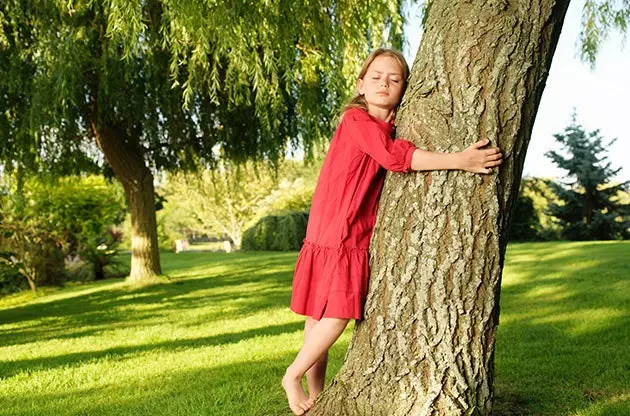
Loving nature from childhood has great benefits
SO, IS IT BEST TO GO TO LIVE IN THE COUNTRYSIDE?
Seen what has been seen, this question could be asked. Nevertheless, The answer is not as obvious as it might seem: " Country life is not necessarily richer in contact with nature. Children in many rural regions live just as "plugged in" and stressed lives as those in urban settings," warns Louv, who continues: "In the United States, childhood obesity, linked to a sedentary lifestyle, is growing almost faster in rural areas".
However, the writer explains, " when nature is valued and recognized as a necessary enrichment of life -especially if it is accessible, as in many rural areas-, **living outside the city can have great benefits**", explains Louv to whom, despite everything, doesn't seem like a good idea that we all take that path: "In the long run, people can't and shouldn't move to the country mass. The priority should be to create cities rich in green areas ".

It is not necessary to live in the countryside to enjoy its advantages
TOWARDS A HEALTHIER URBAN SPACE
already in 1865 , landscape architect and botanist Frederick Law Olmsted understood the importance that green had in the urban horizon , and for this reason he set out to create spaces as representative as Central Park and even to coordinate and protect great National Parks, like Niagara Falls. He was convinced, if only intuitively, that "The occasional contemplation of natural scenes of an impressive nature is favorable to health and vigor of man, and especially for the health and vigor of his intellect" . Later, in 1898, ** Ebenezer Howard came up with the idea of the "garden city"**, which also gave a special and privileged place to green areas in the urban environment.
Nevertheless, the design of cities has not always followed this path of communion with the plant environment, and today it is easy to inhabit areas in which you can hardly see a tree, which, according to Louv, is all we need to reactivate our contact with nature: " Any green space provides benefits to our mental and physical well-being. The most natural landscape that we can find in a city is a park, but it is also a quiet corner with a tree, potted vegetables growing behind the door or a quiet place overlooking the sky and clouds" he explains.
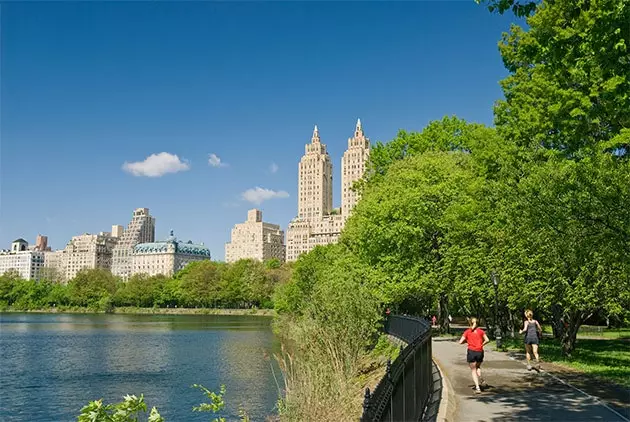
Central Park: inside and outside the city at the same time
"The connection with nature should be a daily event, And if we design our cities - including our homes, workplaces and schools - to be in harmony with nature and biodiversity , we could achieve a common pattern", argues Louv. He also gives us some striking advice: in addition to sharing space with plants in our home, it would be interesting to increase biodiversity individually and in groups and restore the food chain of our ecosystems planting only species native to our area in the gardens.
According to the scholar, as suggested by the architect ** William McDonough **, who "has carried out many of his works in China", "we should not only reduce our carbon footprint, but create wetlands and other wildlife habitat, even in highly populated cities . Such a move could reshape public health, tourism and law enforcement in positive ways.
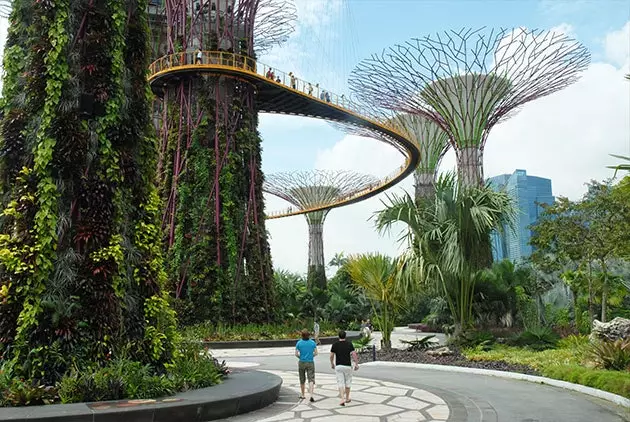
The city of Singapore is making innovative decisions to be greener
Of course, improving our environment does not only involve implementing green spaces, but also, according to Louv, by carrying out strategies that rebuild local food networks , increase space dedicated to pedestrians and cyclists, offer cleaner public transport and encourage the design of ** green roofs , green walls ** and green schoolyards.
"Lately I've been promoting the idea that every city should challenge itself to be the best city in the world for children and nature. Spain it has already pioneered some urban design and redevelopment ideas in this regard. In the United States we are impressed Curitiba (Brazil), which, for example, has transformed abandoned plots in green areas, or ** Aguas Calientes ** (Mexico), which has become the dusty, wasteland pipeline that split the city into a park which may not be very natural, but at least it enables a new and unexpected ecological space", explains the author.
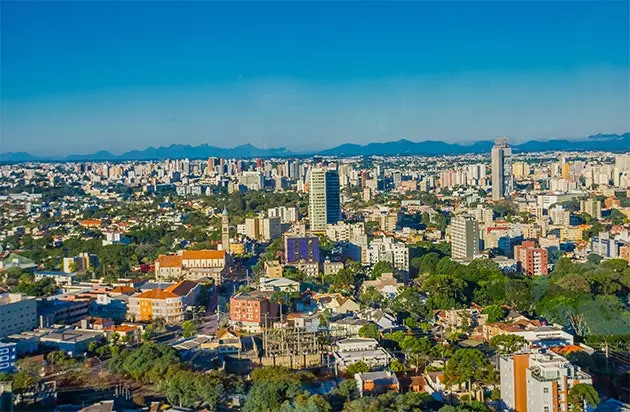
Curitiba has become an example to follow
